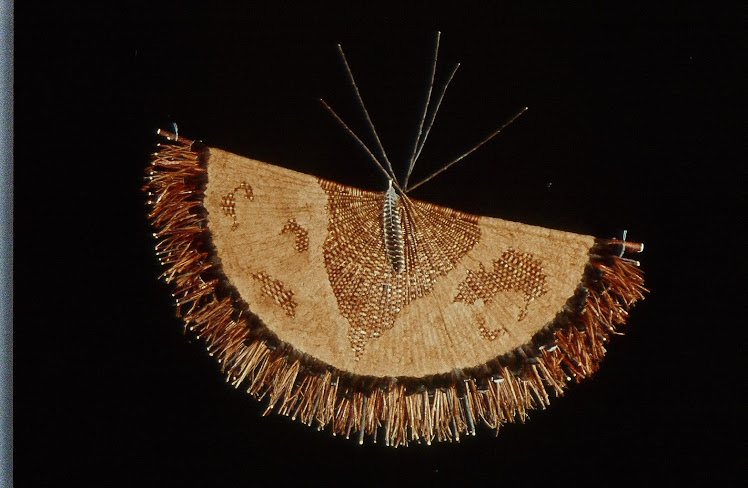No matter what name it goes by: Northwest sweet grass, basket grass, three-square, beach grass, common three-square, bulrush, three-cornered grass, scirpus Americanus, or weaver’s sedge - I always enjoy gathering, drying, organizing, and especially, weaving, with the grass that now goes by the botanical name: Schoenoplectus pungens Palla.
I’ll refer to it as NW sweet grass because of the sweet smell it emanates as I work with it. I recall many seasons of gathering with friends at low tide, many kayak trips into beautiful estuaries, paddling to remote beaches where young seals, river otters, fish of all sizes, and multitudes of bird species seemed hardly to notice our presence.
These are vital wetlands, where the rivers meet the sea, where fresh waters and salt waters converge and mix to create the most bountiful conditions for living creatures. It is mind-boggling to consider how less than ten percent of the original wetlands along the Puget Sound shorelines remain. Over 90 percent of these important flood-mitigating, water purifying, insect, reptile, fish, bird, and mammal feeding nurseries, have been lost, through human-activity, in just over a hundred years. Thankfully now, the few remaining intact estuaries in the Puget Sound Region are protected.
So how can a Puget Sound basket weaver continue the art of weaving with traditional materials if we can no longer gather in the wild?
Hopefully, weavers and their friends will follow the example of Jo Hart, of Wilderness Basketry in Seabeck. Not only does Jo teach fantastic basket weaving classes in her spacious workshop, she has had great success growing NW sweet grass in her own garden. This salt and moisture tolerant sedge, thrives in rich, composed soil, with full sun. Jo says she doesn’t even give it extra water. And now after six years of growth, the grass is getting, "a little out-of-hand", as she told me recently. It is now spreading into her other garden spaces, so she has NW sweet grass to share. Look up Wilderness Basketry for her contact info if you’d like to inquire about getting some starts. Thanks Jo.
 |
| Jo's NW sweet grass plot, harvest late August 2010. |
Here’s my humble patch of NW sweet grass. It is planted in a buried pond liner. Since I live in a canopy of tall trees, and much less light is available, I may never produce as much as Jo, but I’ll always have enough for my own use.
 |
The tan-colored fine-material in this Chisel Pouch and Purse is NW sweet grass,
with cedar and other assorted NW materials.
These are the basket examples for an upcoming class I'll be teaching August 4th-8th, 2011, at North Cascades Institute, on Diablo Lake in the North Cascades. info@nci.org
|













